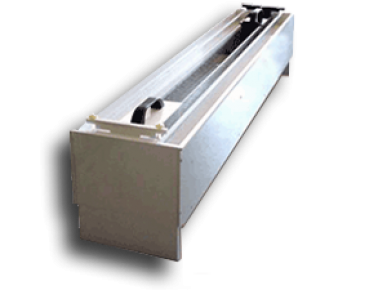
The Locotronic is a unique machine for the detailed modeling of walking and its disorders in mice and rats, with respect to motor and psychomotor skills and cognition.
This device reveals defects in fine motor coordination during walking, making it suitable for use in functional, toxicological, and genetic models (toxicosis, alcoholism, ataxia, Parkinson's disease, etc.).
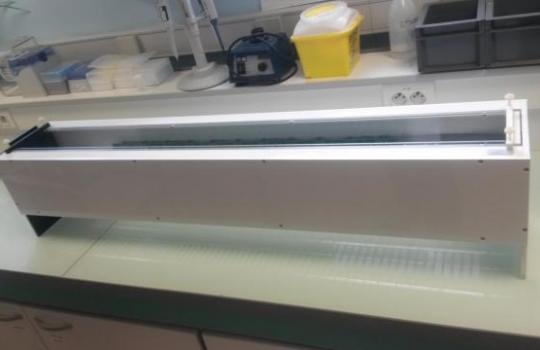
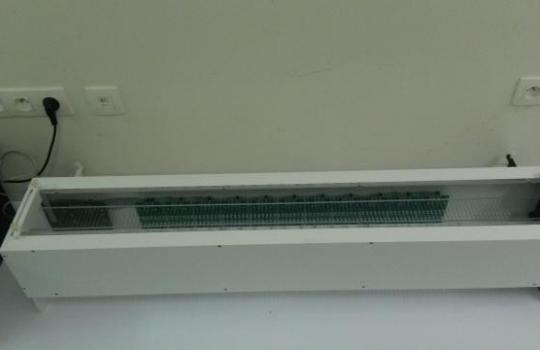
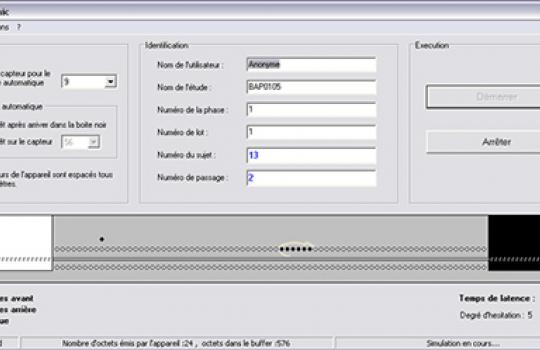
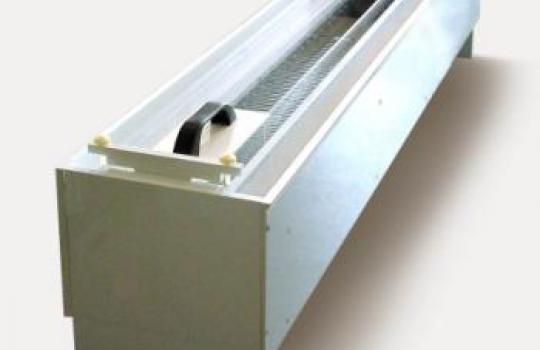
SCIENTIFIC INTERESTS
The Locotronic (Foot Misplacement Apparatus) is the test for sensory/motor impairments.
Description: the animal is placed upon a horizontal ladder. It is again motivated to cross the ladder to get into his cage or “safety”. The number of times the animal missteps it’s paw through the ladder is automatically counted. The time to cross the ladder is also recorded.
Availability: rat and mouse
Principle
The equipment consists of a corridor with a departure zone and an arrival zone.
The rat or mice is placed upon a horizontal ladder. It is again motivated to cross the ladder to get into his cage or “safety”. The number of times the animal missteps it’s paw through the ladder is automatically counted. The time to cross the ladder is also recorded.
The corridor is a flat ladder on which the animal can move from the starting zone towards the arrival zone. On both sides of the ladder, infrared sensors allow you to visualize and record the displacement of the animal as well as motor control displacement of the animal as well as motor control defects (distinguishes front and rear legs). The location and precise length of time of all the errors are recorded.
The error rate increases according to the rodent's difficulty moving and the level of difficulty of the task (traps can be created by withdrawing one or more bars).
A software makes filter sensors information, to distinguish the errors from front legs, back legs and tail.
Simplicity
Each corridor is removable, which allows an easy and fast cleaning. It is adaptable, which makes it possible to test the small one or large rodent with the same apparatus: interchangeable rat/mouse corridors (One corridor is included with the instrument the complement can be ordered separately).
Software
Software records data collected by the sensors and calculates leg (both front and rear) and tail errors. It creates a separate results file for each animal, which is easily exportable to Excel format. The software also automatically sorts errors and directly calculates the time/report ratio of the course and error rate.
- Number of sensors: 154.
- Acquisition speed: 10 ms
- Dimensions: 124 x 28 x 20 (L x W x H cm).
- Corridor width: 80 mm for rats and 50 mm for mice.
- 1 corridor included rat or mouse
- Interchangeable rat/mouse corridors on the same instrument
- Space between bars: 1/3 cm (customisable).
- Aversive starting box using cool white light, adjustable by software.
- Adjustable bar height with respect to error sensors.
- Power supply: CE 15-V standard charger.
- Connector: USB compliant.
| Reference | Description | Corridor(s) |
|---|---|---|
| A-1805-00049 | Corridor measuring gait disorders for mouse Locotronic | Mouse or rat |
| A-1812-00105 | Additionnal corridor for rat or mouse | Mouse or rat |
